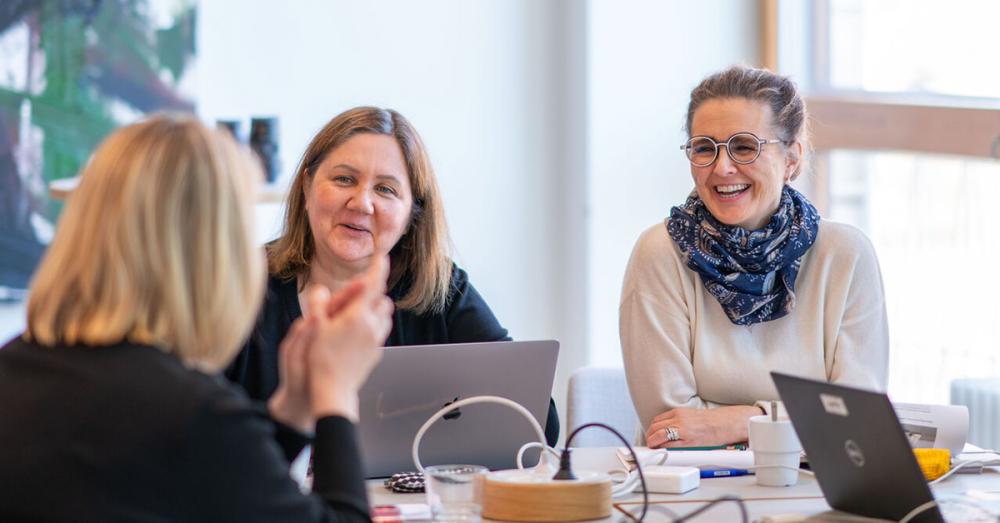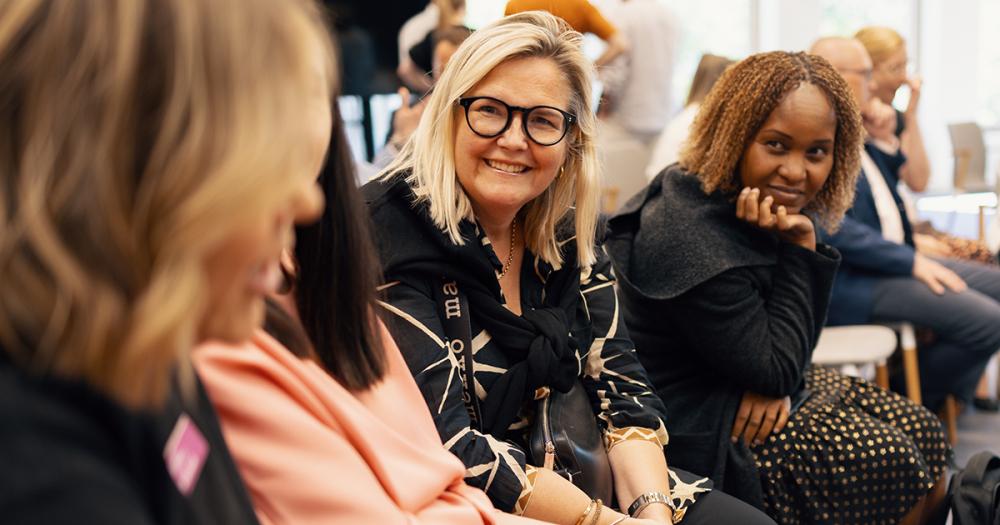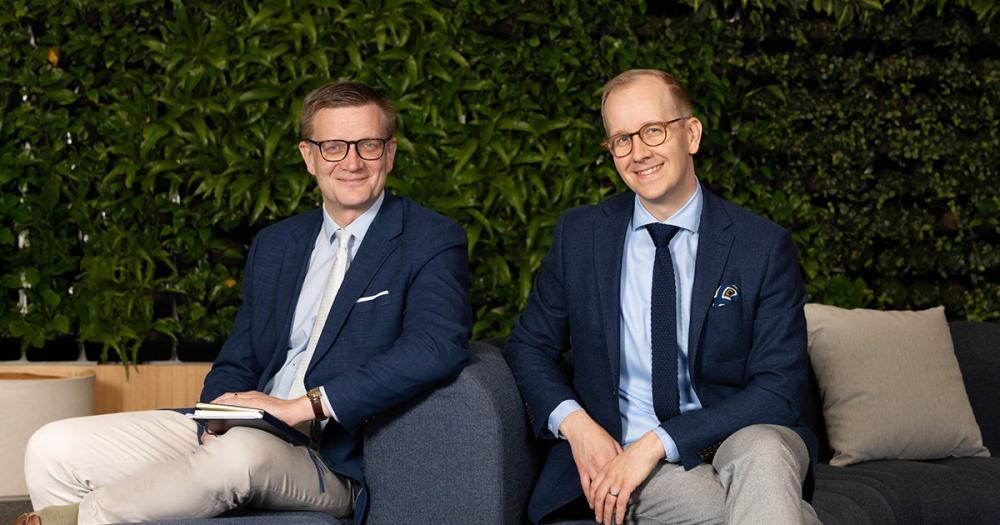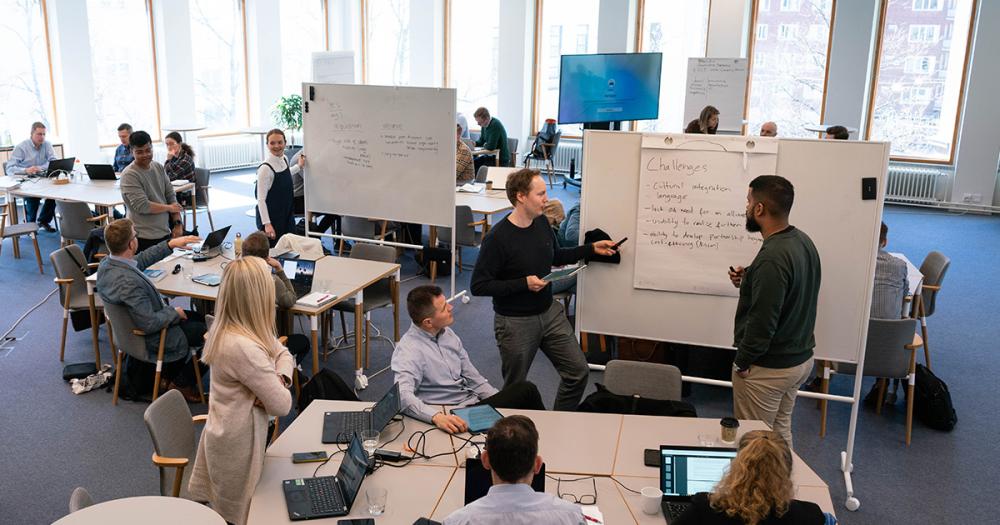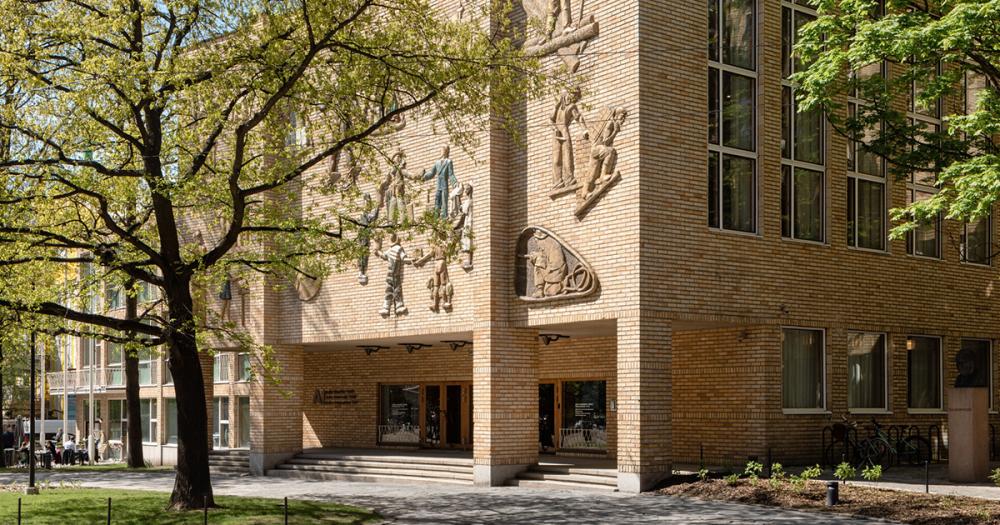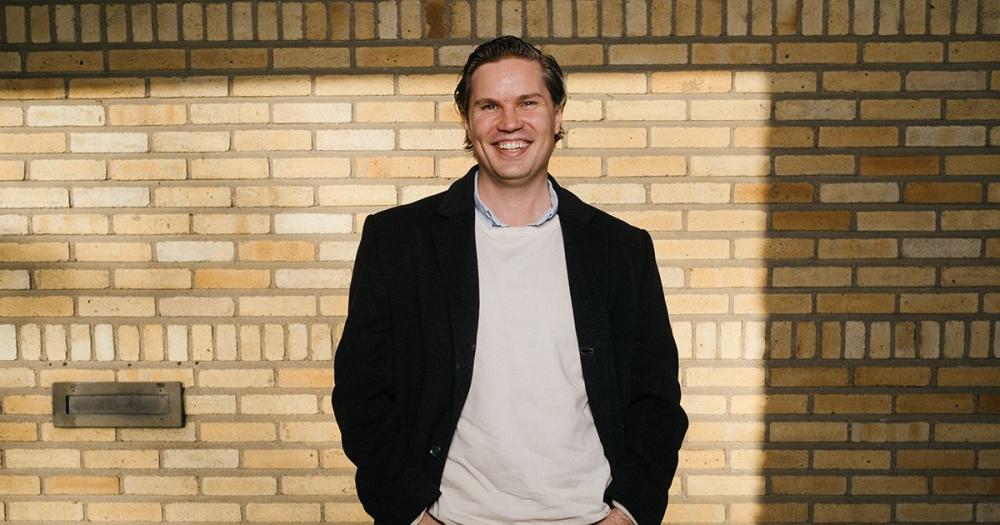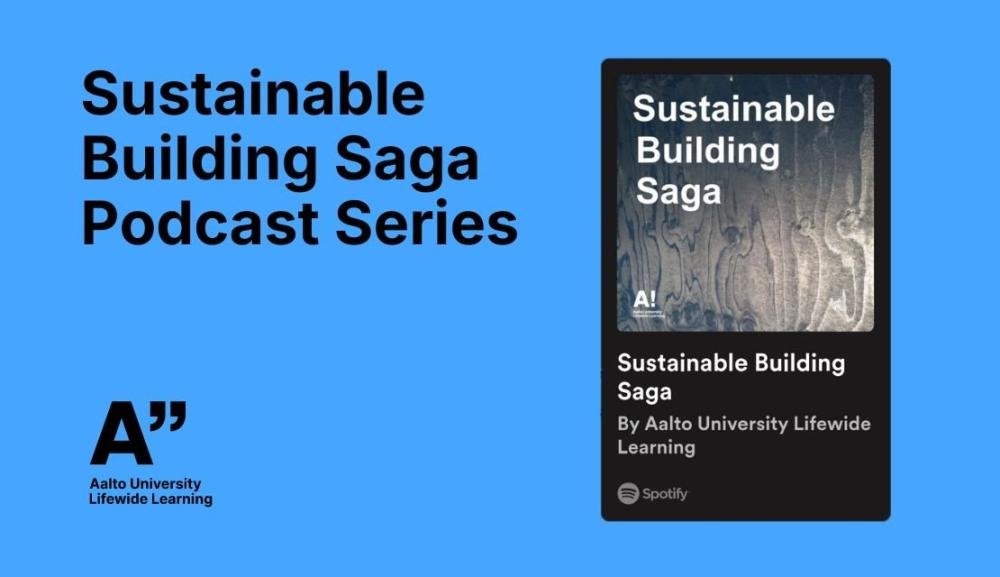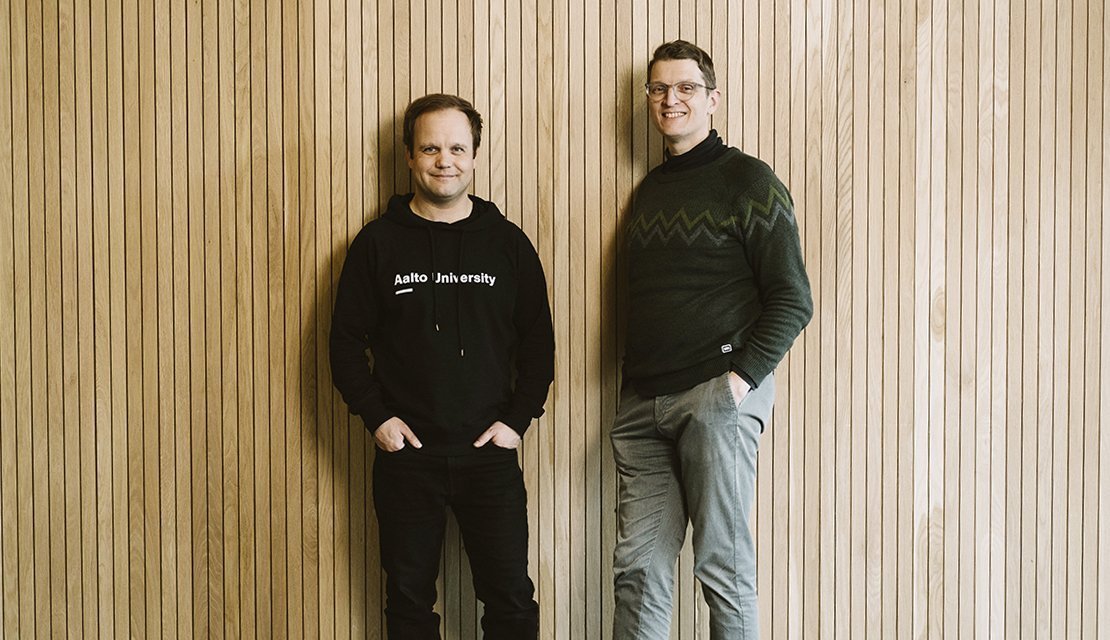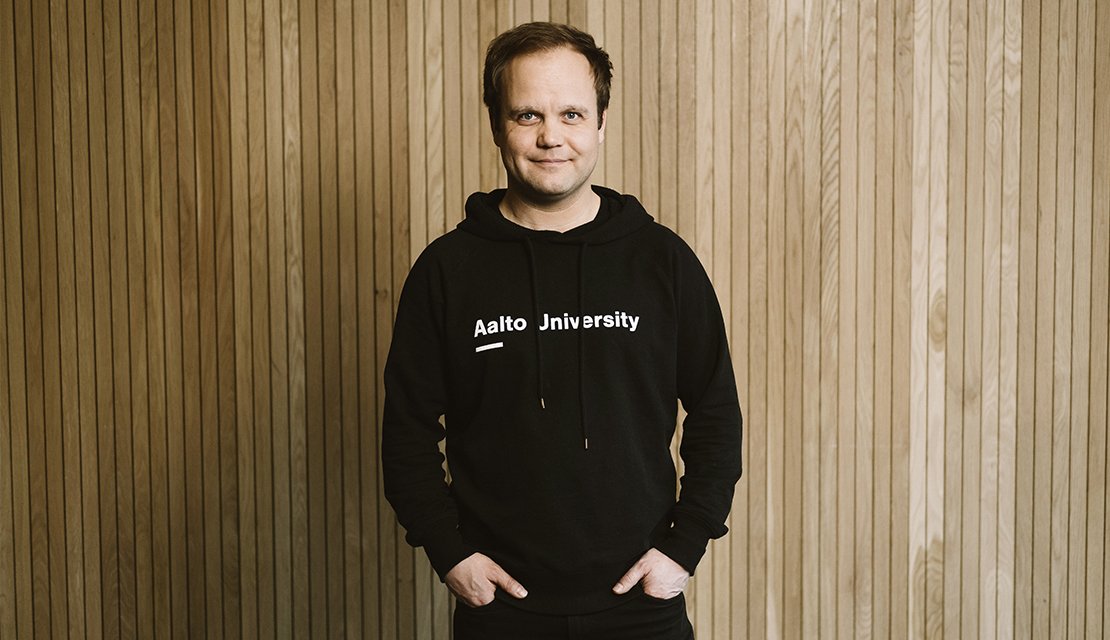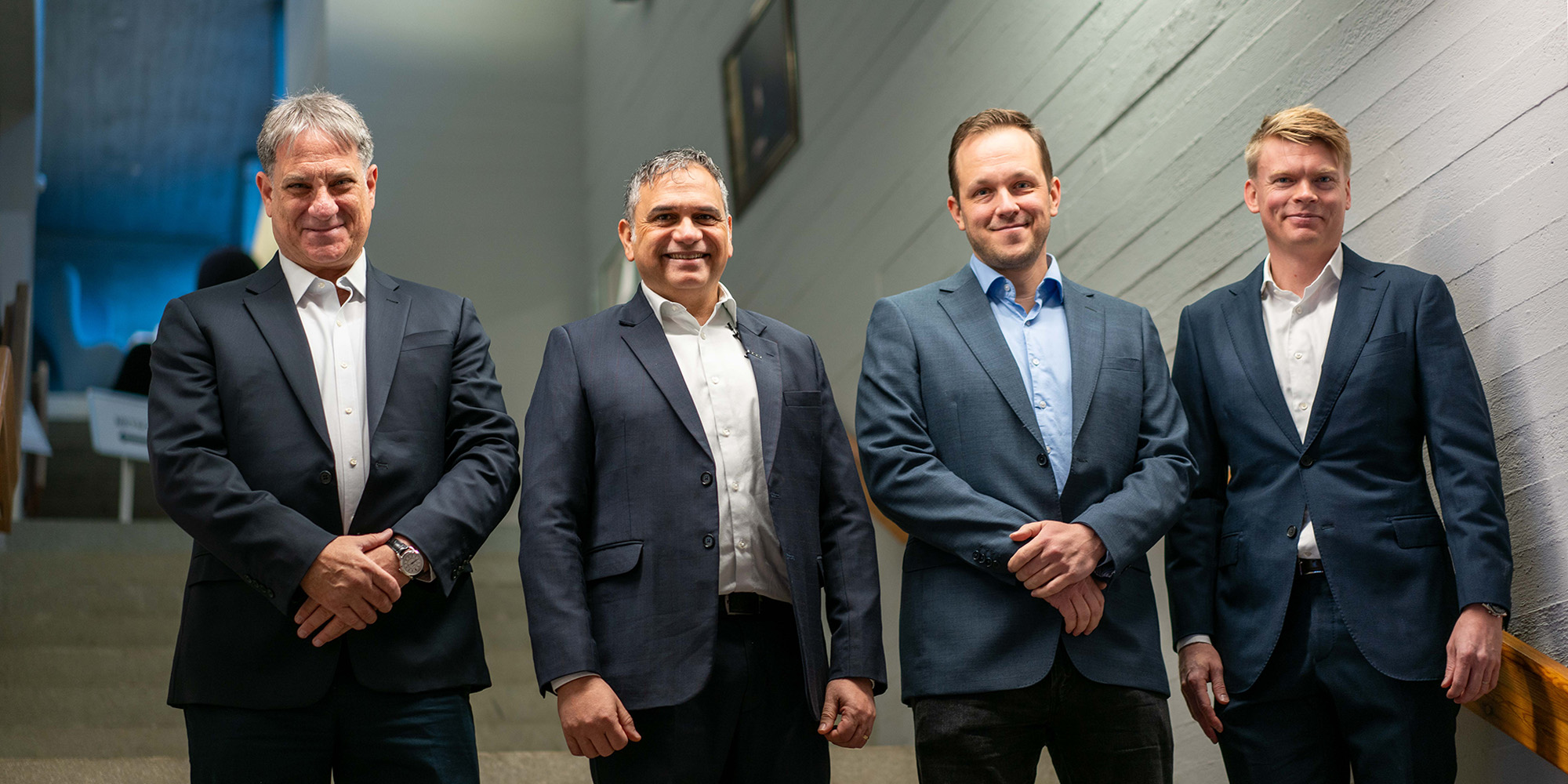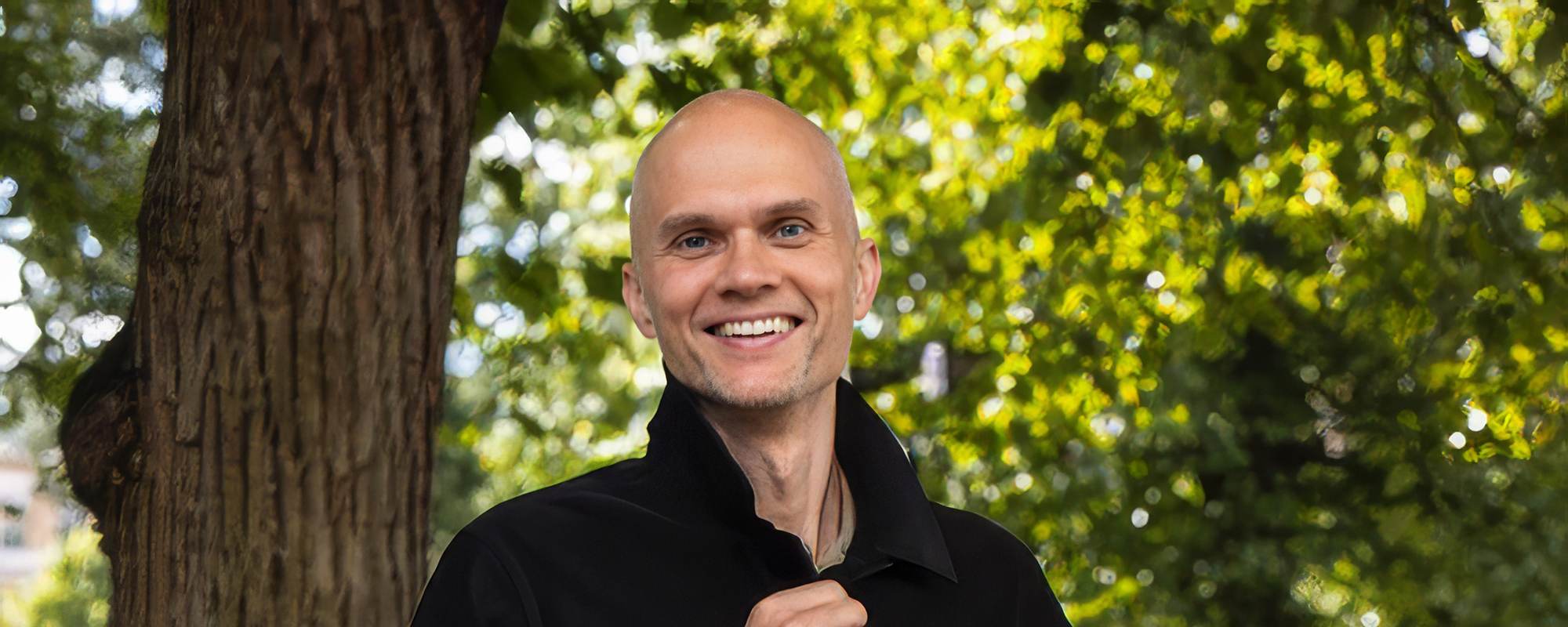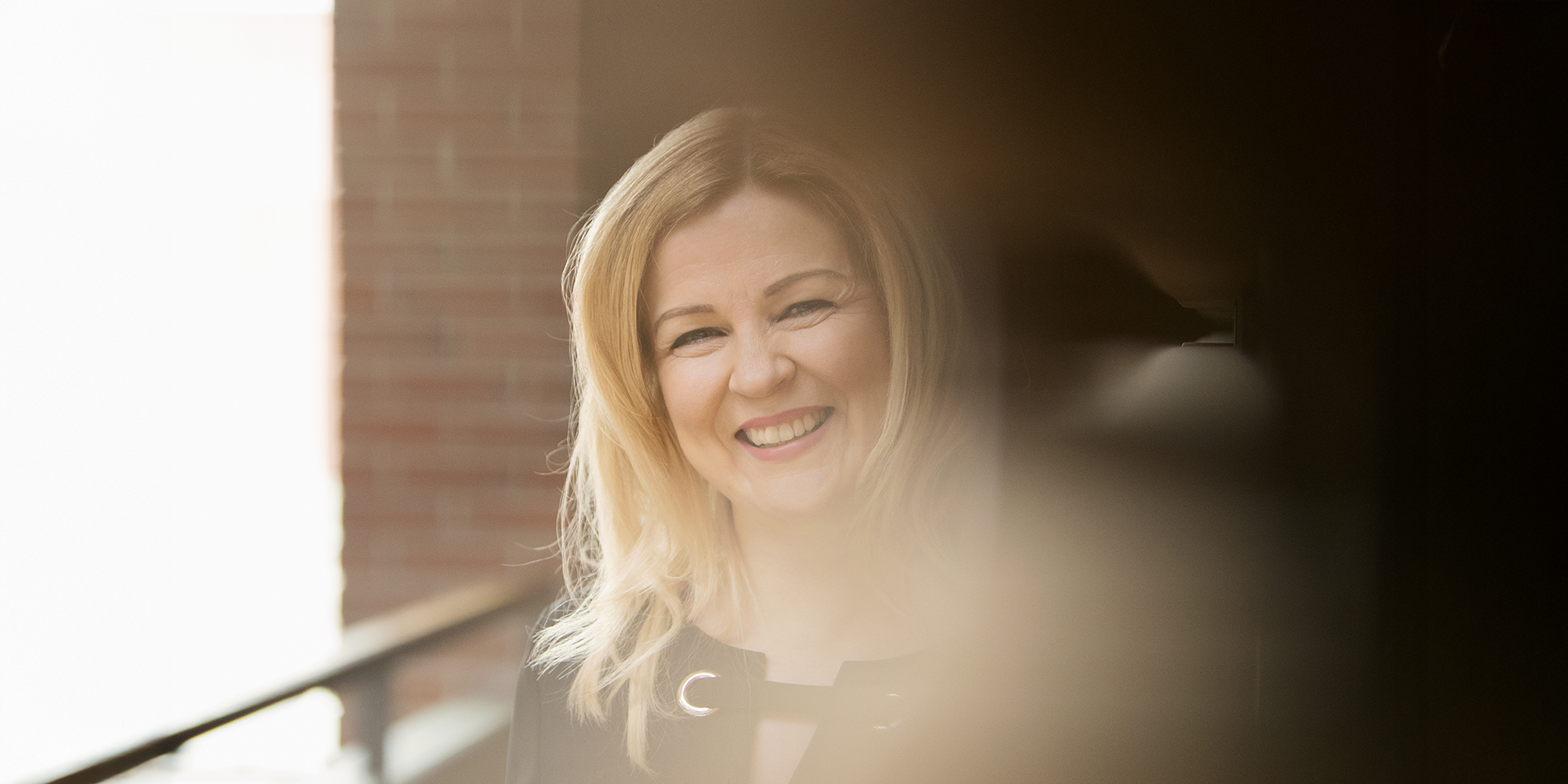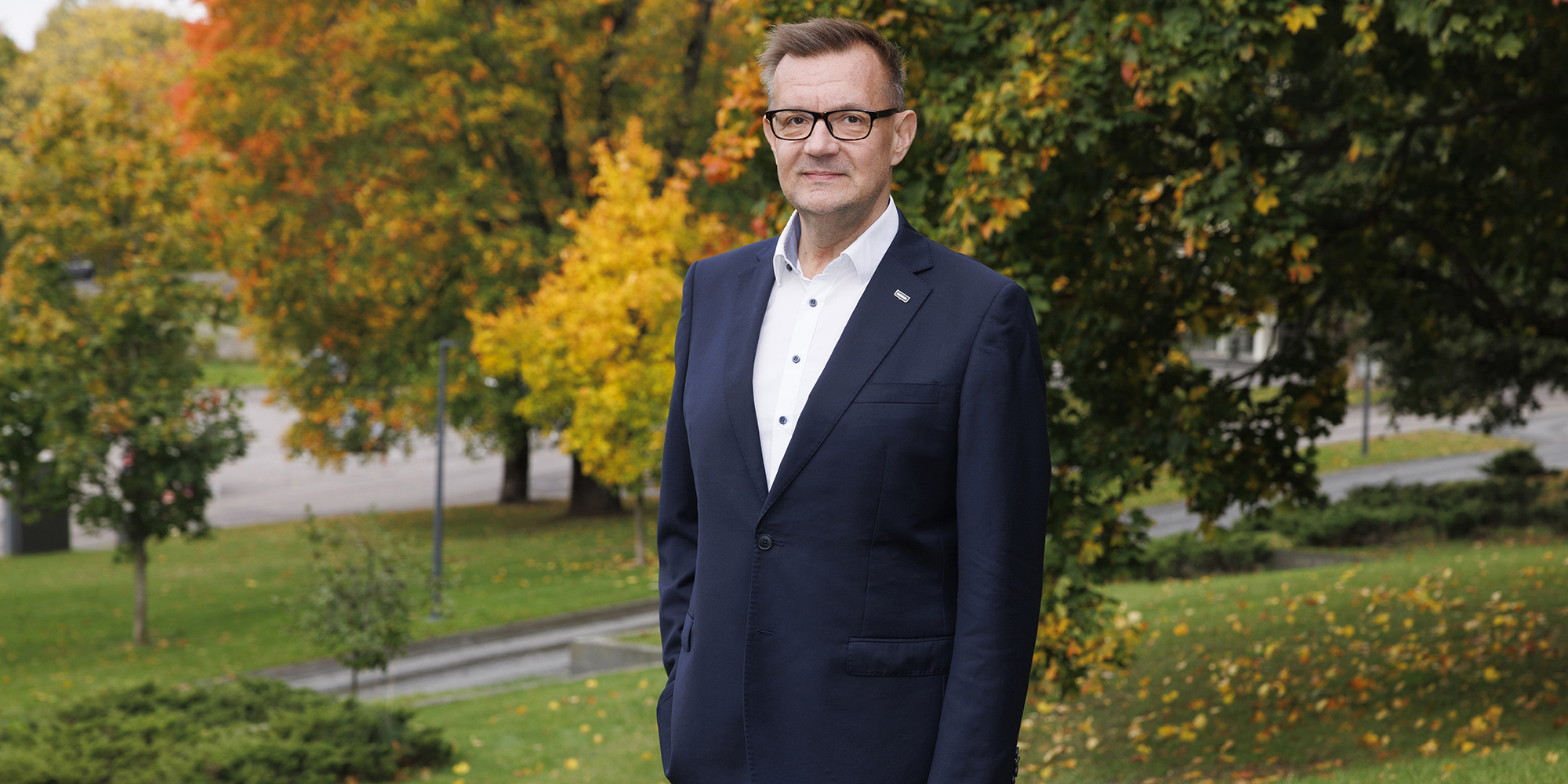Cultural organizations typically have a clear social and cultural mandate their existence is based on. Their operating and funding models are also built on this mandate.
In the arts and culture sector, operating models have traditionally centered on the organization's core content, which forms the focal point for all activities. But no organization exists alone or in a vacuum; they're all part of a wider ecosystem where the various actors create value together. This is especially true in the modern world, as creating and consuming art and culture is now possible for anyone, anywhere. The age of sharing and platform economy gives more weight to collective endeavors and DIY initiatives.
At its best, a multidisciplinary ecosystem can serve as a source of life and vitality for arts and culture organizations, especially considering the range of financial and other pressures facing them in this day and age. They are forced to find new ways to strengthen their position and impact and redefine how they create value and serve society. This calls not only for new operating models but also for the ability to look outwards and the willingness to transcend boundaries that no longer serve their purpose.
An ecosystem is more than the sum of its parts
In the ecosystem approach, an ecosystem is seen as more than merely the sum of its parts: the benefits of collaboration are greater than what could be achieved by any of the actors alone. This requires a new mindset from the organizations themselves.
"In any business or collaboration, it's often difficult to see outside the customary spectrum of actors. In the context of arts and culture, people may think that all the actors produce, consume, and curate culture in an official capacity, so to speak. But that is no longer the case. You only have to go to YouTube to see that there's a whole range of different actors, operating models, and cultural expressions," says Senior University Lecturer Ville Eloranta from the Department of Management Studies at Aalto University. He's one of the instructors in Aalto EE's Business of Culture program, an executive program for leaders from the Arts and Culture sector in the Nordic and Baltic regions.
Today's consumers of culture don't care whether a performance is shown at the National Opera or on YouTube, especially when talking about the younger generations."
Utilizing the ecosystem approach requires recognizing the ecosystem's various actors and identifying those that are significant to us. In the context of arts and culture this refers, for example, to those audiences and consumers of culture that enable the organization and the sector, in general, to achieve its objectives more efficiently.
"It's fun to see how video bloggers and other individual producers of cultural content have created brand new formats that we, the middle-aged and older people, have a hard time grasping but that our kids follow enthusiastically."
Eloranta mentions YouTube gaming influencers who play online video games, record gaming videos, and comment on them – some even comment on game videos others have recorded. Pure trash, many people say. Eloranta disagrees.
"My ten-year-old learns to play with the help of those videos, then creates new levels and content for the games and proceeds to build new networks and entire cultural worlds. Some people may say that this is not what is meant by arts and culture, but they are mistaken. Today's consumers of culture don't care whether a performance is shown at the National Opera or on YouTube, especially when talking about the younger generations. Each venue and channel has its own role."
|
|
|
Ville Eloranta encourages broadening the perspective when examining the ecosystem surrounding your organization. |
The most exciting partners are to be found in the margins
According to Eloranta, one of the major challenges is that we seldom realize the size of the ecosystem surrounding our organization. He encourages us to move away from egocentric thinking and try to figure out what is right and what is wrong, what is official culture and what is not. It's better to concentrate on what we can do together, who the other members of the ecosystem or network are, and where the margins lie.
"I'm pretty sure that those potential partners we have so far had the most trouble connecting with are to be found in the margins."
The concept of the ecosystem was borrowed from ecology, brought to the business context by the American management scholar James F. Moore in the 1990s, and has since then been applied to a variety of fields. Discussions on organizational structure, in general, are also always relevant, and the business world and cultural sector have a lot to learn from each other, says Risto Sarvas, Professor of Practice and Director of the Information Networks program at Aalto University. Sarvas, too, is one of the instructors in the Business of Culture program.
"In this complex world where ambiguity and uncertainty prevail, it's important to define what our organization stands for, what its purpose is, where we are going, and why there in particular," Sarvas says.
It's important to define what our organization stands for, what its purpose is, where we are going, and why there in particular."
The same trends can be seen in the business world, he points out.
"It's no longer enough for even large corporations to just reap huge profits. In this ever-changing world, it's increasingly important for businesses, too, to figure out and state how they position themselves in relation to sustainable development and social problems, and what their role in the society is."
In this sense, for cultural organizations, the reverse is true: a theater or museum may have originally been founded to fill a clear social role or objective. Therefore there's no reason to make things overly complicated, even though the complex world keeps providing opportunities for just that, Sarvas says.
As part of the Business of Culture program, Sarvas wants to encourage cultural organizations to ponder the above-mentioned questions and then realize that they already have all the answers.
"When businesses try to figure out how to build resilient and agile organizations able to react fast to uncertainties, they quickly notice that creativity and autonomy are needed. Cultural organizations are already quite good at this."
When the organization has defined its purpose and objectives, Sarvas says, it's easier to find the right partner and identify the organization's role in the ecosystem.
When businesses try to figure out how to build resilient and agile organizations able to react fast to uncertainties, they quickly notice that creativity and autonomy are needed."
Eloranta has, for the past ten years, been involved in developing a methodology for recognizing relevant networks and ecosystems, the actors involved in them, and positive reciprocal relationships between these actors. All Business of Culture program participants has access to the resulting tool, which they can immediately apply to their own work and organization.
Discussion about money is too polarized
Natural ecosystems and organizational ecosystems serve the same purpose: survival. In nature, all species strive to adapt and survive at least long enough to ensure successful reproduction. In man-made ecosystems, organizations strive to ensure their continuity to gain benefits of some kind for the organization itself and the other actors in the ecosystem.
The value created by a cultural organization is a common cultural value and is often public by nature. It is generally argued that the more used and the more widely distributed the content produced by an arts or cultural organization is, the more valuable it also is. However, this should not be at the expense of the content's unique character and the organization's cultural identity.
Sarvas questions the entire discussion on how money is bad and art good. He says it's too polarizing.
"Everyone knows that we need money to keep the wheels turning. In the same vein, there are people in the business sector who think that companies exist only to make money. But money is just a means to an end, although it must be said that it's also important to make sure that the organization is still alive and kicking five years from now. Someone must secure funding, and ticket sales are vital."
Eloranta looks at the issue from another angle. Instead of desensitizing ourselves and accepting that money makes the world go around, we can reframe the problem.
"Money is an accounting construct. We keep track of finite resources, such as time. As long as there is ample time, its passing is no problem, but when time starts to run out, and we have lots to do, we start to trade time for something of similar value. Often it's money. On a planet of finite resources, it all comes down to money in the end."
|
|
| Risto Sarvas challenges the entire discussion on how money is bad and art good. According to Sarvas, money is a tool that enables organizations to exist – whether it a non-profit organization or a company. |
Can everything be measured in terms of money?
Problems arise when the content at the heart of the operation does not wear out in use. With everything centered on data these days, the business world wrestles with the same issue. It may well be that measuring all valuable resources in terms of money has become impossible.
"This is a huge paradox. An opera production is not impacted one way or another whether there is one more or one less person in the audience. The physical opera house, of course, has limited capacity, and finite resources must be used to pay those who write the libretto, build the stage set, act and sing, conduct the orchestra, or play the violin. On the other hand, the more a cultural product, service, or experience is used and shared, the more useful and valuable it is."
On the other hand, the more a cultural product, service, or experience is used and shared, the more useful and valuable it is."
Eloranta sees two options in this situation. We can either measure everything in terms of money or decide to maximize the extent to which the product or service is shared and experienced. At the extreme end of the scale, this even applies to derivative works, i.e., someone modifying our content in the spirit of Creative Commons – as long as we remember that we wouldn't have anything to maximize in the first place without the original work. This poses a challenge for developing new business model innovations.
Eloranta has explored the topic widely from the perspective of digital business. His work has resulted in business model archetypes that make it easier to approach the issue.
"One model entails financial support for creating a performance and then maximizing its distribution to the extent that the financial backer stands to benefit. Another example is modern-day 'film studios' that rely on crowdsourcing and crowdfunding."
Other useful aids include, among others, business design and business modeling tools such as those focusing on multivendor environments to map out the value created by the organization for the various stakeholder groups.
"When you create value for one actor, you may inadvertently turn your back to another. These tools help ensure that your activities are in line with all parties so that you don't appear naive or fake."
This is another reason why Sarvas emphasizes the need to define why the organization exists in the first place. But even more important is to figure out for whom it exists. The keyword is customer-centricity.
"I have worked extensively with the Finnish Museum of Photography, focusing on the young adult audience: what they want and what their world looks like. In that world, the museum most likely doesn't even exist."
According to Sarvas, the solution is to review the situation both on a practical and a more abstract level. On the practical level, we can start from the fundamentals of service design and reflect on the audience's everyday challenges. On a deeper level, we must go a step further and investigate, for example, how the museum might help the younger generation build social capital.
"Finally, we can bring these two circles together on a Venn diagram to see whether there's any overlap between young adults and the museum."
The exercise can be taken even further by looking at other potential actors or organizations that might want to approach the same target group.
"And suddenly the museum may, to its surprise, discover a suitable partner in, for example, a festival popular among the younger generation and use it for gaining visibility or even join forces in sponsorship cooperation."
Learning must be part of everyday work
The above thinking requires transforming the organizational culture and developing processes for organizational design, and learning to back it up to find out the possible meanings brought on by the various ecosystems. Often, this calls for redesigning the organization to strengthen the employees' capabilities and building a culture of experimentation based on autonomy, creativity, and lifewide learning.
For the organization to adapt on the fly to changes in the operating environment so that the organization itself changes as well, learning must become part of everyday work."
"For the organization to adapt on the fly to changes in the operating environment so that the organization itself changes as well, learning must become part of everyday work. It's not enough to seek learning from outside the organization; it must be included in everything we do," Sarvas says.
Equally important is talking, listening, and finding a shared understanding of the organization's values.
"When people feel they've been listened to and that they have autonomy, it's much easier for them to pull together. Shared meanings must be constructed within the organization, and this requires leadership skills and understanding of how successful organizations are built," Sarvas concludes.
The Business of Culture program is an executive program for leaders from the Arts and Culture sector in the Nordic and Baltic regions. The program is designed to enrich and develop participants’ understanding of how effective leadership, business acumen, networking, and collaboration can transform their organizations. It equips leaders and executives with strategies and tools to advance their organizations effectively. Read more

